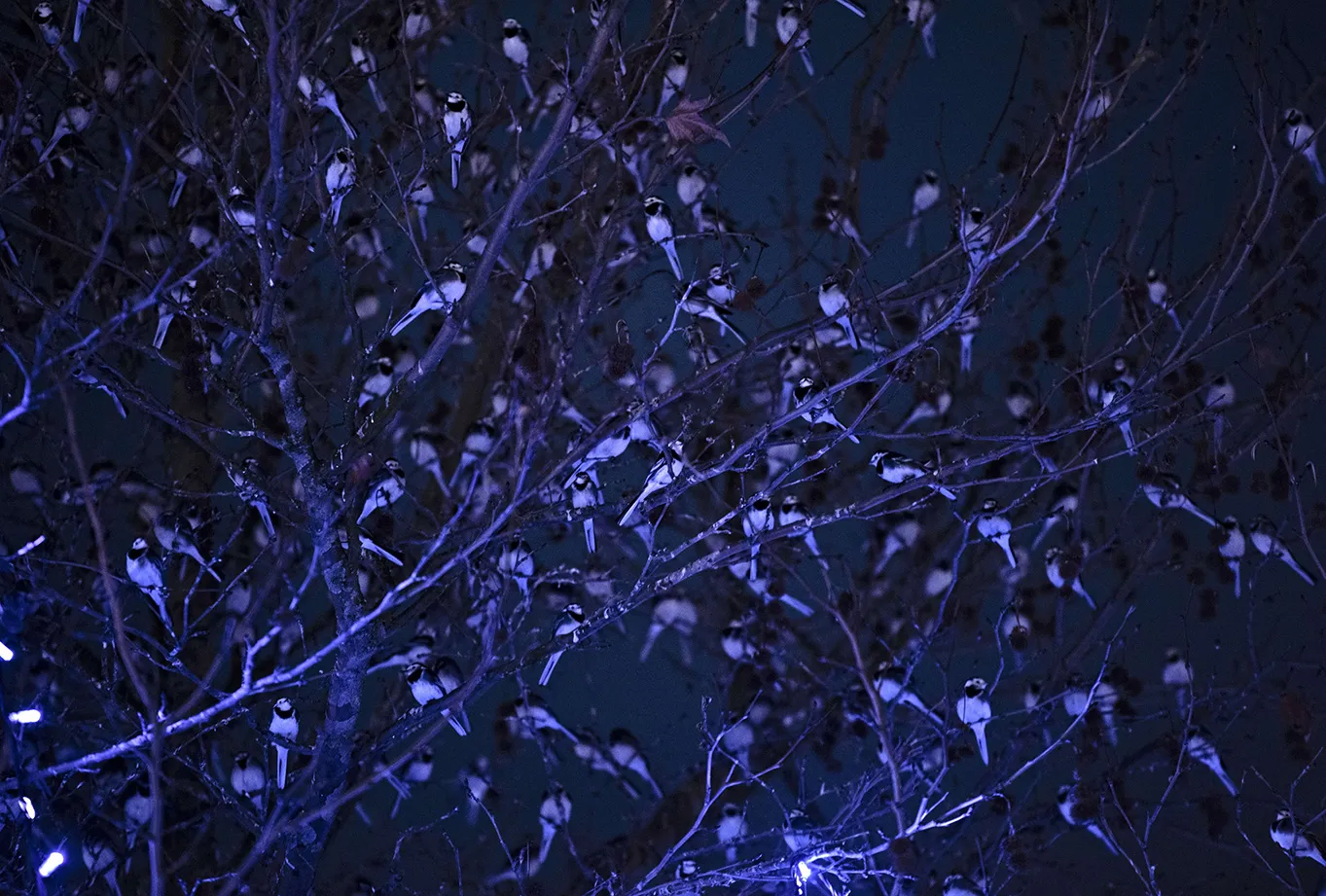Advice
March Birds of the Month: birds to see in early spring
Get your fill of fresh spring air! Here are six birds you could see on a countryside stroll now.
It might be chilly, but we’ve got six nature highlights that are sure to tempt you outside this month.

The holiday season can get a little hectic, so why not wrap up warm and take a break outdoors? Whether you’re walking through city streets or visiting a nature reserve, you could catch a show that rivals Swan Lake!
High up in the mountains, a small, bright white bird hops across glistening snow. Its black wing panels and tail make for the perfect camouflage in this rugged terrain. Here – on the snow-capped tops in arctic regions – it raises its chicks in the shelter of the rocky nooks and crannies. A handful of pairs can be found in the UK in summer, though only on the highest mountains of Scotland.
But in winter, it’s possible to catch a glimpse of a Snow Bunting all around the UK – they can turn up anywhere on our coastlines, scurrying around the sand dunes. Snow Buntings arrive en-masse on our beaches in autumn, swapping their ‘snow suits’ for buff brown detailing, helping them to go unnoticed when they forage in sand and shingle. They can be seen in large flocks through the colder months, especially on the east coast. A flock of 1,500 birds was once recorded in Orkney in 1984!

Forget the strings of fairy lights – we think Pied Wagtails are the true stars of tree decorating. As the weather gets colder, these small birds flock together and huddle for heat throughout the night. They’re easy to spot, even when it’s dark, as their distinctive calls ring out overhead.
They often roost in urban areas, where the buildings surrounding a tree can offer them shelter in harsh conditions. This behaviour offers us the perfect opportunity to catch a wildlife spectacle amidst the hustle and bustle of a city centre. So, if you need a nature break while doing some shopping, then keep your eyes and ears out.

Head for a woodland walk this winter and you’ll likely see large flocks of finches overhead, flitting from tree to tree. Siskins, a yellow-green finch, can be seen in the UK all year round, but their populations are boosted by continental visitors at this time of year. The males are easy to separate from a Greenfinch on sight; look out for their black bib and cap, and panelling on their wings. As birds of mixed woodlands, they’re often seen feasting in Alder, birch and pine trees – but you might catch them on your feeders if you’re lucky!
A flock of finches is often full of different species: Goldfinches, Greenfinches, Chaffinches and more gather together for safety in numbers. Sometimes, Siskin flocks will be peppered with Redpolls – a small finch with a red cap – as their numbers increase over winter.
Visit a wetland this winter and you might catch sight of a Snipe. Perfectly camouflaged, these skulking wading birds can be seen on reedbed fringes and marshy, muddy areas. Though they can be tricky to spot, they are widespread and overwintering birds from Europe boost their populations at this time of year.
Their relative, the Jack Snipe (affectionately known as the ‘half Snipe’), is much rarer and is only a winter visitor to the UK but can be seen spotted in the same habitats. Their bodies are smaller than the Common Snipe, and the length of their bill is proportionately shorter too. Jack Snipes are known for their funky feeding dance; look out for one repeatedly bobbing up and down as it probes through the mud and short vegetation.

Mistletoe – it’s a semi-parasitic plant, meaning it grows on a host tree and feasts on its water and nutrients. Not so romantic, eh? While it’s visible all year round, it gets its berries through October to May. Look up through the winter when the host trees have lost their leaves and you’re most likely to see it in orchards, parks and gardens. Good places to see Mistletoe include Wales, the West Midlands and the South of England. It is much rarer in eastern and northern England, and Scotland.
.jpg)
Turnstones are known for their unusual feeding rituals, often seen flipping over pebbles on the shoreline to forage for invertebrates. But they’re also renowned for taking advantage of our scraps –and are seemingly partial to a dropped chip!
Through the summer months, their mottled plumage makes them easy to separate from their relatives – look for rich chestnut, deep brown and inky black, set against a white underbelly and chin. It’s a bit trickier in winter, when they’re a more regular feature on our shores. At this time, they tone down their attire, but their brown backs still contrast their bright underparts.

Brave the cold and you’ll be rewarded with a brilliant show during winter, from the swoops and swirls of Starling murmurations to the glistening frosty leaves and golden light. Whether you’re looking for wildlife encounters, gentle walks or cosy lunch spots, you can enjoy days out every day of winter on our larger reserves. Make memories that will last a lifetime.
